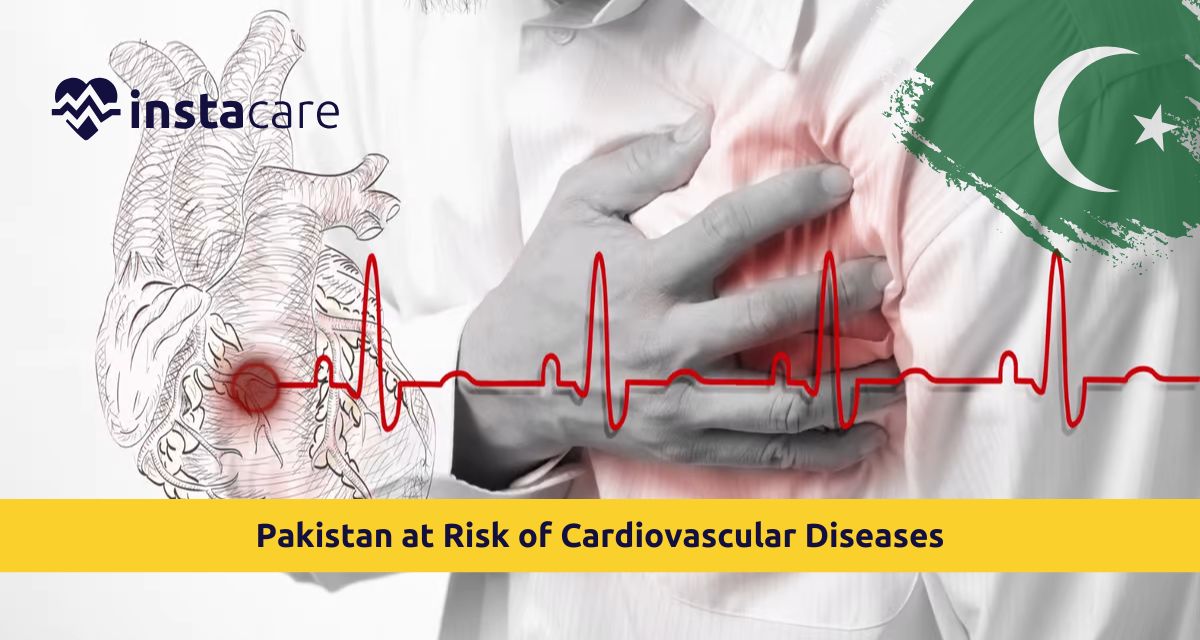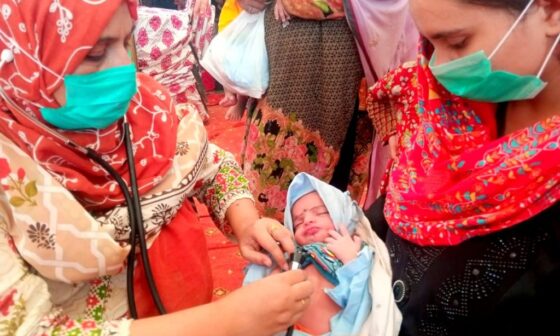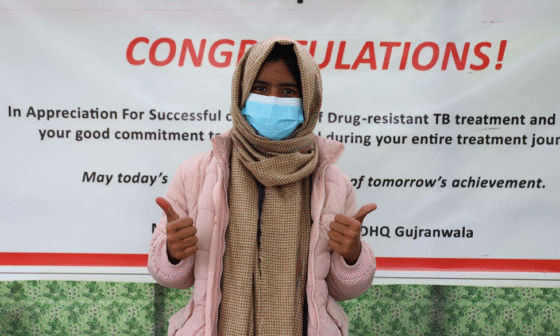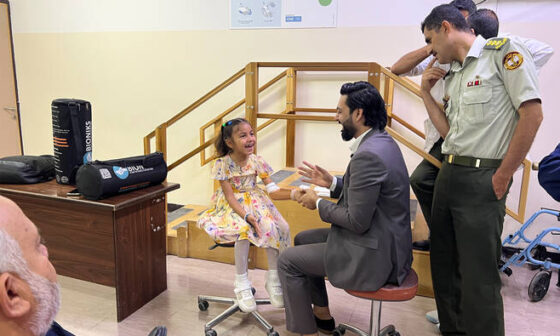Cardiovascular disease (CVD) has emerged as a silent epidemic in Pakistan, ranking as the leading cause of mortality in the country. The World Health Organization estimates that more than 30% of all deaths in Pakistan are due to heart-related conditions, a figure that continues to rise. Urbanization, sedentary lifestyles, poor dietary choices, tobacco use, and unmanaged stress contribute significantly to the prevalence of heart disease. Compounding these issues are limited awareness, inadequate public health campaigns, and lack of accessible healthcare services, particularly for early screening and preventive care. While heart disease was once considered a problem for older adults, recent trends show an alarming rise in cases among younger populations, signaling the need for urgent and systemic action.

New Chronic Heart Disease Guidelines Update Roles of GDMT, Imaging, and Revascularizatio
One real-life example is that of Ali Raza, a 38-year-old IT professional from Islamabad who suffered a minor heart attack in mid-2023. A father of three, Ali led a mostly sedentary life, often skipping meals and surviving on fast food and energy drinks during long work hours. Despite experiencing symptoms such as fatigue and chest discomfort, he ignored them until the incident landed him in the hospital. Following recovery, Ali underwent a comprehensive lifestyle transformation: he joined a cardiac rehabilitation program, switched to a heart-healthy diet, incorporated daily walking and yoga, and cut out tobacco completely. Today, he actively promotes heart health awareness among his colleagues and community members. Ali’s story is emblematic of thousands of urban professionals in Pakistan facing similar risks, often unaware of how their lifestyle directly affects heart health.

The rise in cardiovascular disease in Pakistan is multifaceted. From a dietary standpoint, the widespread consumption of foods high in saturated fats, sugar, and salt plays a critical role. Traditional Pakistani cuisine, while flavorful, often includes heavily fried dishes and excessive oil use. Moreover, increasing reliance on processed and fast foods, especially among urban youth, is adding to the burden. Tobacco consumption—including cigarette smoking, chewing tobacco, and sheesha—is rampant, particularly among men. High blood pressure and elevated cholesterol levels remain largely undiagnosed due to a lack of routine medical checkups. Additionally, many Pakistanis remain unaware of the early signs of heart disease or dismiss symptoms as stress or fatigue. These factors together create a dangerous environment where prevention is not prioritized, and intervention often comes too late.

Proactive Health Management: The role of periodic screening in disease prevention
Screening and early diagnosis are essential in combating cardiovascular disease. Unfortunately, Pakistan’s healthcare infrastructure falls short in this area. Most people only seek medical attention after experiencing a major event such as a heart attack. Preventive screenings, including blood pressure checks, lipid profiles, and electrocardiograms (ECGs), are neither widely available nor affordable for large segments of the population. Public hospitals are often overburdened, and private facilities are beyond reach for many. The Pakistan Cardiac Society has launched several initiatives to encourage routine screenings and promote heart health, but these efforts require more robust government backing and integration into primary healthcare. Community health workers and mobile clinics could play a significant role in bringing screening services to rural and underserved areas, bridging the gap between awareness and action.

Attendees at a health fair at the Balaji Temple, in Aurora, Ill., learn about the SAHELI diabetes prevention program.
Lifestyle interventions offer the most promising path to reducing the burden of cardiovascular disease. Regular physical activity—even as simple as walking for 30 minutes a day—can dramatically reduce heart disease risk. Dietary changes emphasizing fruits, vegetables, whole grains, and healthy fats are equally crucial. Stress management through mindfulness, prayer, and social support plays an important role in maintaining cardiovascular health, particularly in a country like Pakistan where mental health resources are limited. Educational campaigns in schools, workplaces, and mosques could help shift cultural attitudes toward wellness and prevention. Involving religious leaders and community elders in health promotion may also increase receptivity and effectiveness. Moreover, workplace wellness programs should be encouraged, with incentives for employees to undergo health screenings and adopt healthier lifestyles.

Coronary Artery Disease (CAD)
The battle against cardiovascular disease in Pakistan is not solely a medical one—it is social, economic, and deeply cultural. The story of Ali Raza underscores the transformative potential of education, support, and lifestyle change, even after a major health scare. National policy must prioritize preventive healthcare, subsidize diagnostic services, and promote heart health through mass media and community-based interventions. Healthcare providers should be trained to recognize and counsel patients on cardiovascular risks even during unrelated medical visits. Civil society, the private sector, and media outlets must collaborate to make heart health an everyday conversation. Only through sustained and inclusive efforts can Pakistan begin to reverse the tide of cardiovascular disease and secure a healthier future for its population.
References:
Lancet South Asia (2023). “Healthcare Infrastructure and CVD Management in Developing Countries.”
World Health Organization (2023). Non-Communicable Diseases Country Profile – Pakistan.
Pakistan Cardiac Society (2022). Annual Report on Cardiovascular Health.
Aga Khan University Hospital (2023). “Trends in Cardiovascular Disease in Urban Pakistan.”
Ministry of National Health Services Pakistan (2022). National Action Plan for Non-Communicable Diseases.
Journal of the College of Physicians and Surgeons Pakistan (2023). “Lifestyle Risk Factors and Heart Disease.”
Express Tribune (2023). “Young Adults and Heart Disease: A Growing Concern.”
Dawn News (2022). “Cardiac Screening and the Prevention Gap in Pakistan.”





